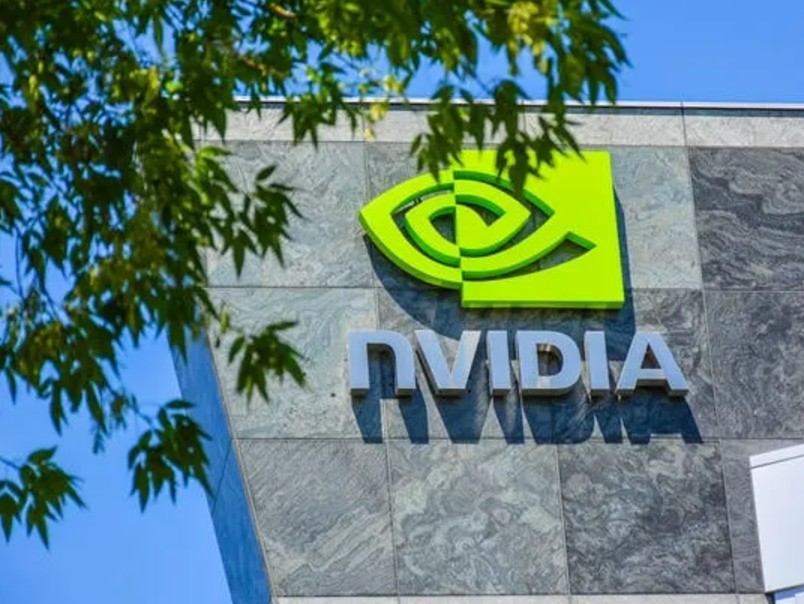Dr. Marco V. Benavides Sánchez.
In the rapidly evolving landscape of artificial intelligence (AI), the recent introduction of DeepSeek’s R1 model by a Chinese startup has sent shockwaves through the global tech market. This advanced AI model, developed at a fraction of the cost of its Western counterparts, has sparked a financial tsunami, leading to a staggering $1 trillion loss in the US tech index. Among the most affected is Nvidia, a giant in the tech industry, which has seen a 17% drop in share value, translating to a nearly $600 billion decrease in market valuation. This development raises crucial questions about the future of AI in medicine, a field that heavily relies on high-end AI technologies provided by companies like Nvidia.
The Financial Impact and Its Ripple Effects
The financial implications of DeepSeek’s emergence are profound. By offering a cost-effective alternative in the form of the open-source R1 model, DeepSeek has challenged the prevailing norms of AI development and market dominance, typically controlled by Western tech giants. Nvidia, known for its robust graphics processing units (GPUs) that power AI and machine learning computations, has been at the forefront of this industry. Its products are essential for training and deploying large AI models used in various sectors, including medical research and diagnostics.
The sudden decline in Nvidia’s market value not only affects its business strategy but also has broader implications for the AI-driven technologies in the healthcare sector. These technologies rely on the continual advancement and availability of high-performance computing platforms, which are now under threat due to potential financial instability and supply chain disruptions.
Medical Innovations at Risk
AI applications in medicine range from diagnostic algorithms that detect diseases with astonishing accuracy to robotic surgery systems that offer precision beyond human capabilities. The development of such technologies depends significantly on the computational power of hardware like Nvidia’s GPUs. A slowdown in Nvidia’s operations or a reduction in its R&D investments could delay advancements in medical AI applications, affecting everything from patient diagnostics to treatment protocols.
A Silver Lining: Democratization of AI Technology
However, every cloud has a silver lining. The open-source nature of DeepSeek’s R1 model presents an opportunity to democratize AI technology. By making advanced AI more accessible, DeepSeek could foster increased innovation and collaboration within the AI community. This could lead to breakthroughs in various fields, including medicine, where researchers worldwide could leverage this technology to accelerate medical research and develop new treatment methodologies at lower costs.
Future Prospects: Collaboration and Innovation
The challenge now for the global tech community is to find a balance between competition and collaboration. While the financial losses are a significant setback, the open-source model championed by DeepSeek encourages a collaborative approach to AI development. This model can reduce costs and barriers to entry for startups and researchers, potentially leading to more rapid advancements in AI-driven medical technologies.
Moreover, as AI technology becomes more widespread, its applications in medicine could see a transformative shift from being predominantly in high-resource settings to more universal accessibility. This could greatly benefit developing regions, where healthcare systems are often under-resourced but have much to gain from AI-enhanced medical services.

Conclusion
The introduction of DeepSeek’s R1 model is a pivotal moment in the history of AI and its application in medicine. It serves as a wake-up call to the global tech industry about the changing dynamics of market power and technological innovation. For the medical field, it presents both challenges and opportunities. The key to harnessing the potential of AI in medicine lies in fostering an environment where innovation thrives on collaboration and where technological advancements are accessible to all, not just a few. By embracing these changes, the medical community can ensure that AI continues to enhance healthcare delivery and improve patient outcomes worldwide.
This scenario underscores the importance of strategic foresight in the tech industry and the need for continuous adaptation and resilience in the face of new competitors and shifting market conditions. For AI in medicine, the journey is just beginning, and its path will be shaped by the decisions and actions of those who dare to innovate and adapt.
For further reading:
1. DeepSeek to Llama: Open-source AI models and how to run them on local PCs
2. DeepSeek Local Model Testing and R1 Tutorial
4. Introduction to DeepSeek-R1: China’s Emerging AI Powerhouse
#ArtificialIntelligence #Medicine #Surgery #Medmultilingua


Leave a Reply